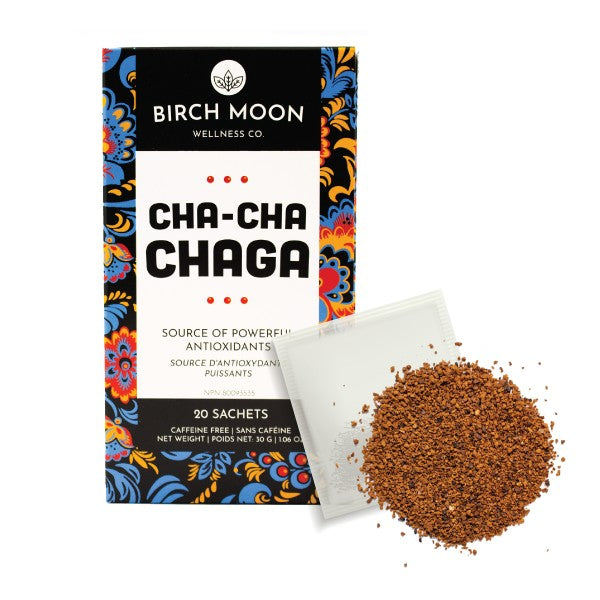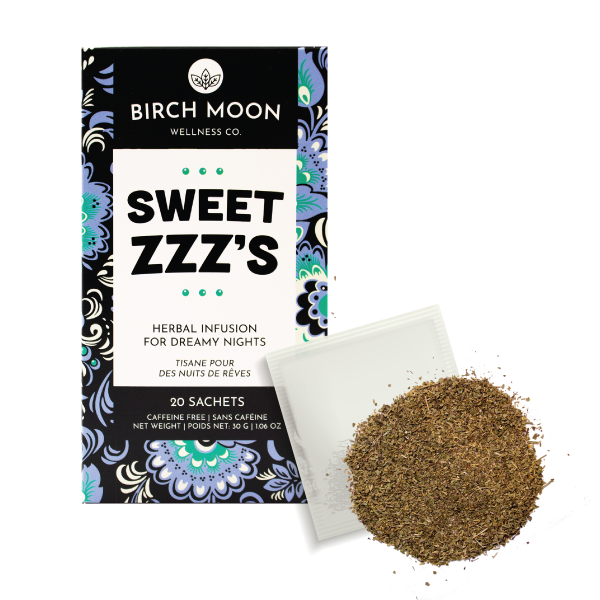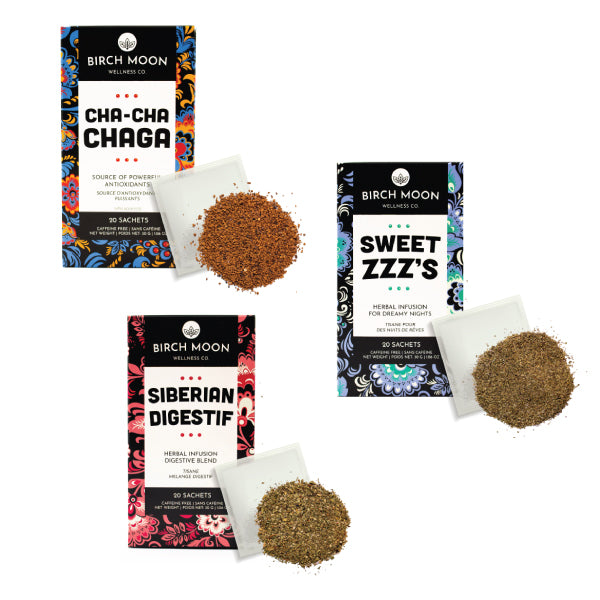Tea, a simple infusion of leaves and water, has transcended its humble origins to become a symbol of culture and connection across the globe. In every corner of the world, from the mist-covered mountains of Asia to the quaint cottages of England, tea is not just a beverage; it's an expression of tradition, a reflection of hospitality, and a bridge to communal experiences. This article invites you on an enchanting journey to explore the rich tapestry of tea rituals that have captivated societies for centuries.
Discover the meditative art of the Japanese tea ceremony, where each movement is a dance of grace and mindfulness, deeply rooted in Zen philosophy. Venture into the elegant drawing rooms of Britain, where afternoon tea emerges as a quintessential custom, a blend of sophistication and relaxation. In the vibrant medinas of Morocco, experience the warmth of hospitality through a glass of aromatic mint tea, a symbol of welcome and friendship. Journey to Russia, where the samovar, a grand tea urn, is the heart of family gatherings, brewing connections as robust as the tea it serves. Finally, delve into the ancient Chinese practice of the Gongfu tea ceremony, an intricate display of skill and aesthetics, celebrating the fine art of tea making.
As you travel through these diverse cultures, each cup of tea tells a story — a story of history, society, and human connections. These tea traditions offer a window into different worlds, inviting us to pause, reflect, and savor the moment. They remind us that, in the simple act of sharing a cup of tea, we partake in a universal language that transcends boundaries and unites us in shared experiences.
Join us on this cultural journey, and let's raise a cup to the global heritage of tea.

The Japanese Tea Ceremony: A Meditative Art
Origins and Philosophy
The Japanese tea ceremony, known as 'Chanoyu,' traces its roots back to the Zen Buddhist monks of the 9th century. This ritual is much more than the preparation of tea; it is a spiritual practice, a discipline that teaches the pursuit of perfection in every gesture. Central to this philosophy is the concept of 'Wabi-Sabi,' finding beauty in imperfection and transience, and 'Ichigo Ichie,' the idea that each meeting is unique and should be treasured.
The Ritual
Every step of the tea ceremony is a choreographed art, imbued with symbolism and precision. It begins with the purification of utensils, symbolizing the cleansing of the mind and soul. The host then gracefully prepares Matcha, the finely ground green tea, using specific movements that have been refined over centuries. The preparation and consumption of tea are done in a serene atmosphere, encouraging mindfulness and a deep connection with the present moment.
Cultural Impact
Chanoyu is more than a cultural activity; it's a journey into the heart of Japanese aesthetics and ethics. It embodies the principles of harmony ('wa'), respect ('kei'), purity ('sei'), and tranquility ('jaku'). These principles are not confined to the tea room but extend to everyday life, influencing Japanese customs, architecture, and arts. The tea ceremony encourages a deeper understanding and appreciation of Japanese culture, fostering a sense of peace and well-being.

British Afternoon Tea: A Quintessential Custom
Historical Background
The tradition of afternoon tea began in the early 19th century among British nobility. Anna, the Duchess of Bedford, is credited with creating this custom as a way to combat the hunger pangs between lunch and dinner. This practice quickly became a beloved ritual among the aristocracy, where gathering for tea was as much about socializing as it was about dining.
A Social Affair
Over time, afternoon tea evolved from an exclusive aristocratic practice to a popular social event. By the late 19th century, it had become a widespread custom across all classes in Britain. This transition reflects the democratization of leisure practices, where the pleasures of tea drinking became accessible to everyone, making it an integral part of British culture.
Classic Elements
A traditional British afternoon tea is a delightful affair, featuring an array of finger sandwiches, scones served with clotted cream and jam, and a variety of pastries and cakes. The tea itself, often a robust black tea like Earl Grey or Assam, is served in fine china. The elegance and refinement of the spread are a testament to the ritual's aristocratic origins, while the communal joy it brings speaks to its universal appeal.

Moroccan Mint Tea: Hospitality in a Glass
A Symbol of Welcome
In Morocco, mint tea isn't just a drink; it's a symbol of hospitality, friendship, and tradition. Served throughout the day in homes and cafes, it plays a pivotal role in social life. Offering mint tea to a guest is considered a sign of respect and warmth. The ritual of preparing and serving mint tea is as important as the drink itself, reflecting the generosity and hospitality of Moroccan culture.
The Brewing Art
The art of brewing Moroccan mint tea is unique and involves a specific process. It starts with green tea, usually Chinese gunpowder tea, to which fresh mint leaves and a generous amount of sugar are added. The tea is then steeped and poured several times to blend the flavors perfectly. This method not only infuses the tea with a refreshing minty flavor but also creates a sense of community as people gather around the pot, waiting for the perfect brew.
Serving Ritual
The serving of Moroccan mint tea is a spectacle in itself. It is traditionally poured from a height to create a frothy top, a skill that is mastered with practice and patience. This act of pouring from a height is not just for show; it aerates the tea, enhancing its flavor and aroma. The tea is served in small glasses, and it's common to have several refills, each one a chance to prolong conversation and enjoy the company.

Russian Samovar Tea: Gathering Around the Samovar
The Samovar's Role
In Russia, the samovar is not just a tea-making appliance; it's a symbol of home and family, a centerpiece for social gatherings. The samovar, which literally means "self-boiler," is traditionally a large metal urn used to boil water and brew tea. Its presence in a Russian household signifies warmth, hospitality, and the joy of coming together.
Tea Preparation
Russian tea preparation is unique. The samovar keeps the water hot, allowing for a continuous supply of tea. Tea is brewed in a concentrated form, known as 'zavarka,' and then diluted with hot water to suit individual tastes. This method allows each person to create a cup of tea that perfectly matches their preference, making the tea-drinking experience highly personalized and communal.
Social Aspect
Gathering around the samovar is a cherished social activity in Russia. It's a time for family and friends to bond, share stories, and enjoy each other's company. Accompanied by a variety of pastries, jams, and sweets, samovar tea time is a celebration of togetherness and tradition. In this setting, tea is more than a drink; it's a medium for connection and conversation.

Gongfu Tea Ceremony: The Chinese Art of Tea
Philosophy and Skill
The Gongfu tea ceremony, originating from China, is not just a method of brewing tea; it's a form of art that demands skill, precision, and mindfulness. The term 'Gongfu' translates to 'making with effort,' and this philosophy is evident in every aspect of the ceremony. It's a practice that emphasizes the aesthetic pleasure of tea-making, reflecting the Chinese appreciation for beauty and ritual in everyday life.
The Ceremony
The Gongfu tea ceremony is a meticulous and deliberate process, focusing on the artful preparation and presentation of tea. It involves several steps, including warming the teapot, rinsing the leaves, and multiple infusions, each bringing out different flavors and aromas of the tea. The ceremony uses small Yixing clay teapots and cups, believed to enhance the taste of the tea. This ritual is a sensory experience, engaging sight, smell, taste, and touch.
Tea Varieties
In the Gongfu ceremony, the choice of tea is crucial. Oolong and Pu-erh teas are most commonly used, valued for their complex flavors and ability to endure multiple infusions. These teas are known for their nuanced taste profiles, which evolve with each steeping, offering a journey through a spectrum of flavors and aromas. The ceremony celebrates the tea itself, inviting participants to savor and appreciate the subtle variations with each cup.
In this exploration of "Brewing Cultures: A Global Tour of Tea Traditions," we've journeyed through the rich and diverse world of tea, uncovering the deep cultural significance it holds in various societies. From the meditative Japanese tea ceremony to the communal Russian Samovar gatherings, each tradition offers a unique window into the customs, values, and rhythms of life across different cultures.
These tea rituals, steeped in history and tradition, do more than just quench our thirst. They invite us to slow down, to connect with others, and to appreciate the beauty in the moment. They teach us about the art of hospitality, the joy of sharing, and the importance of preserving cultural heritage. As we've seen, a simple cup of tea can be a vessel for so much more – for friendship, for peace, and for understanding.
As we conclude this cultural journey, let's carry with us the universal language of tea. Whether you're sipping a delicate oolong during a Gongfu ceremony or enjoying a robust black tea at a British afternoon tea, remember that each cup offers a taste of the world's rich tapestry of traditions. So, the next time you brew a pot of tea, take a moment to reflect on the incredible journey of this humble beverage and the vast cultural landscapes it spans.
We encourage you to explore these tea traditions in your own home. Brew a pot of your favorite tea, invite friends or family, and partake in the global language of tea. Share your experiences and favorite tea traditions with us in the comments below or on social.





